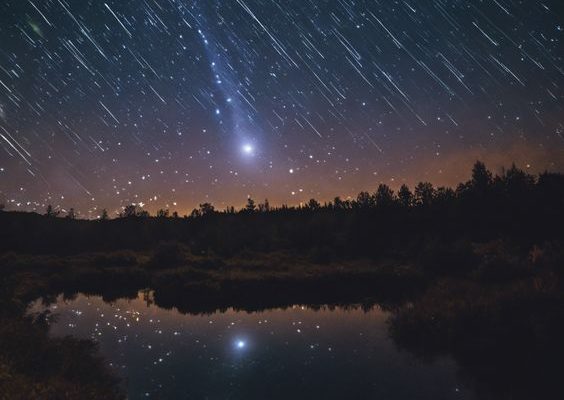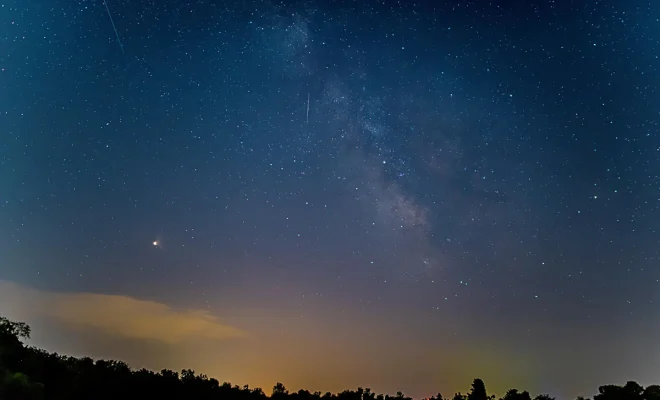Old stars may be the best places to search for life

The quest for life beyond Earth has long focused on young, Sun-like stars, but new research suggests that older stars might actually be the prime targets for this search. These ancient celestial bodies offer some unique conditions that could be favorable for the emergence and sustainability of life.
Astronomers have learned that old stars, also known as red giants and white dwarfs, have stable habitable zones where temperatures allow liquid water to exist – a key ingredient for life. Unlike young stars that often exhibit violent flares and radiation bursts, older stars have settled into a more stable phase of life. This means planets orbiting them would not face the same level of harmful stellar activity, increasing the chances for life to develop and persist.
Furthermore, older stars have cleared their orbits of large debris over billions of years, reducing the risk of catastrophic impacts on orbiting planets. The fewer collisions within a planetary system mean a more settled environment where life can steadily evolve without significant setbacks.
Another point in favor of old stars is the abundance of heavy elements like carbon and oxygen compared to younger counterparts. These elements are necessary building blocks for life as we know it. Through their long lives, older stars and their surrounding planetary systems have had more opportunities to accumulate these elements from various cosmic events such as supernovae.
Also intriguing is the longevity of old stars themselves. Life on Earth took billions of years to reach its current complexity—so focusing on systems with older stars may allow us to spot advanced civilizations if they exist.
Finally, recent discoveries of planets around such ancient stars indicate that planet formation can occur at various stages of a star’s life cycle—not just in its youth. This widens the timeframe during which habitable planets could form and increases the potential real estate for extraterrestrial life.
In conclusion, while youthful, Sun-like stars shouldn’t be excluded from our search for extraterrestrial beings, there is growing interest in focusing part of our efforts on older star systems. The unique and stable conditions offered by these aging celestial sentinels may offer us the best chance yet at finding alien life in the vast cosmos.






